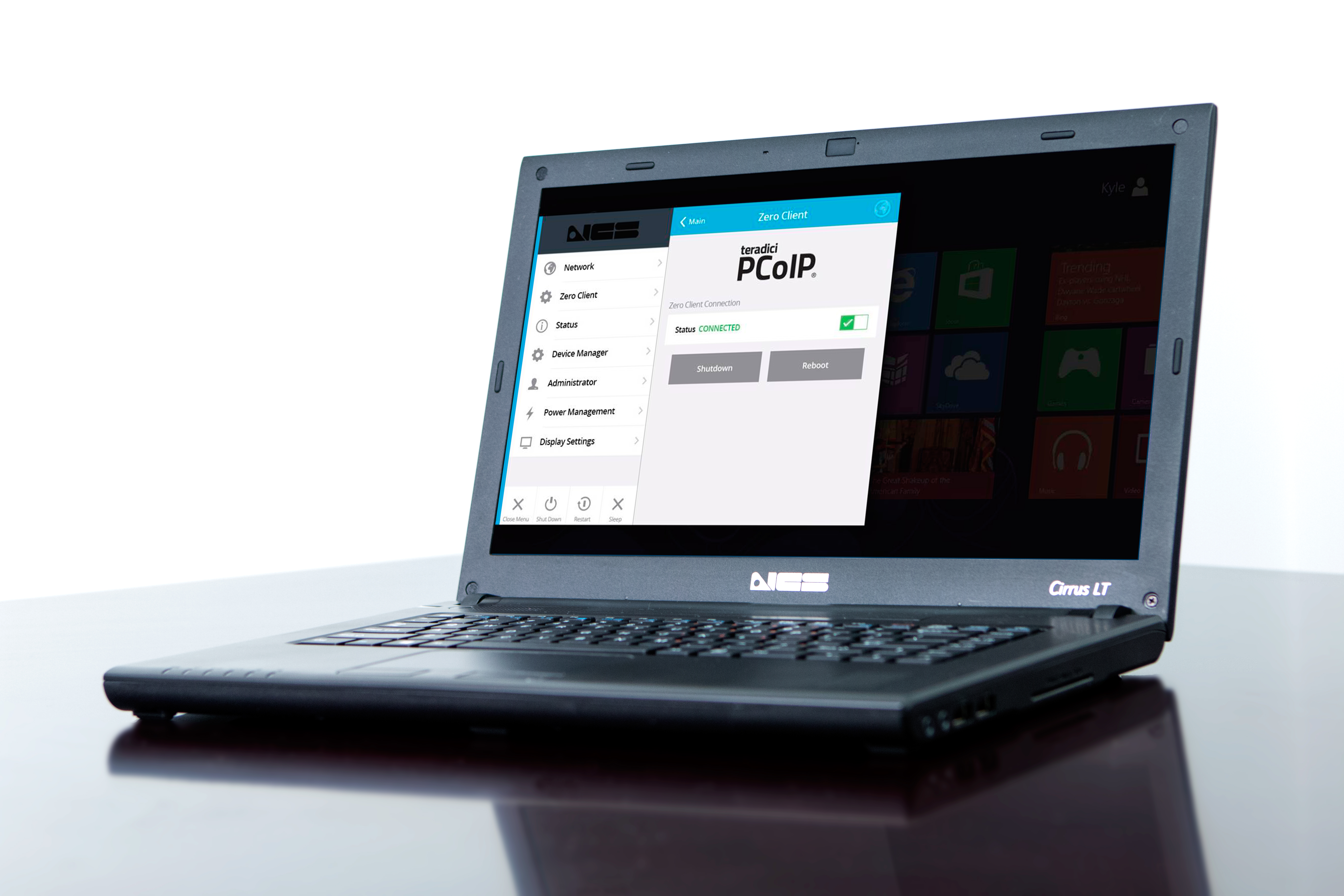 VDI and desktop virtualization are increasingly being considered as an important tool as data breaches continue to be discovered in the healthcare industry.
VDI and desktop virtualization are increasingly being considered as an important tool as data breaches continue to be discovered in the healthcare industry.
Everyone has heard about the breach involving Anthem, Inc., the second biggest health insurer in the U.S. It affects some 80 million customers and employees and is said to be the largest hack to a healthcare entity ever. Either you personally are affected or you know someone who is.
But Anthem isn't alone. Just in the past year, there are many other healthcare organizations reporting sizable breaches. They include Montana Department of Public Health and Human Services, Texas Health and Human Services, and Community Health Systems, to name a few.
Organizations of All Sizes Are Vulnerable
The reality is that healthcare providers of all sizes are vulnerable. Hospitals are especially targeted and in need of strong security.
I found a recent news item especially interesting in this context. According to a TransUnion Healthcare report, more than half of recent hospital patients are willing to switch healthcare providers if their current provider undergoes a data breach. And the younger you are (and likely more savvy about computers and the internet), the more likely you are to ditch your provider for poor performance.
The Damage to Organizations Is Immediate -- and Expensive
Data breaches are painful for everyone. Looking at the healthcare provider, if the organization is large enough, class-action lawsuits may be filed in the first 24 hours after public notification. But beyond the courtroom, there is also the inevitable damage to reputation and brand, and the lost productivity of implementing forensics, remediation and regulatory compliance (HIPAA Privacy and HIPAA Security rules). In short, this an expensive nightmare that can and should be avoided.
IT administrators must consider all the places in the network where Protected Health Information (PHI) and electronic PHI (ePHI) are gathered and stored. Strategies for protecting the datacenter can be implemented at the server but the challenge remains about keeping ahead of threats at the desktop level.
Zero Clients Help Solve the Data Breach Puzzle
One of the most promising approaches involves protecting sensitive information with zero clients at the end point. Healthcare providers are constantly accessing sensitive patient records with very personal information. Zero clients allow you to enable a remote or mobile worker and still comply with HIPAA, PHI and ePHI by restricting the ability to download and store data locally. Nothing stored, nothing lost.




